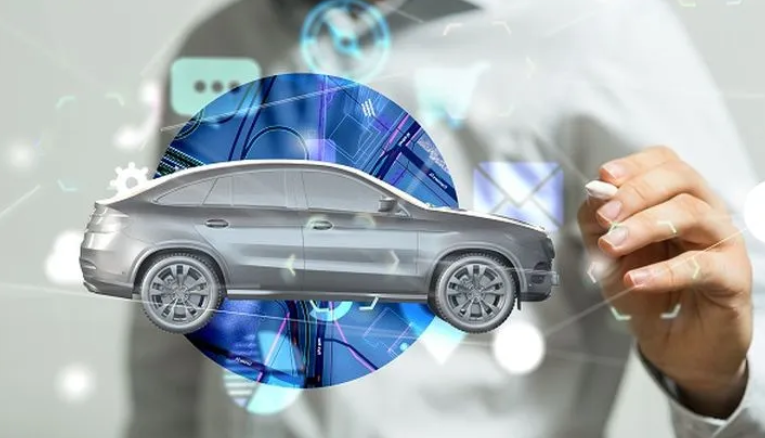Automotive repair is getting a bit less greasy and a bit more geeky, as tablet computers become the most valuable tools on a technician’s workbench. Techniques might be getting more advanced, but it’s absolutely necessary to keep up with the way cars are designed and built. New technology might make diagnosis and repair faster; Let’s take a look at some up-and-coming car repair tools and techniques.
1: Cheap DIY Computers
The Raspberry Pi has become a favorite new toy of the do-it-yourself crowd. It’s a small computer that costs about 35 bucks and was designed to teach kids how to program. those with intrepid or self-sufficient spirits can think of tons of ways to use a tiny, custom computer in a car, like tracking diagnostic data and performance statistics for more efficient DIY repairs and upgrades. There are infinite possibilities to help the automotive community grow and evolve.
2: New Auto Body Techniques
New technology, particularly the way cars’ construction is evolving, means that auto repair shops need to update their techniques and equipment. A specific area of concern is the increased use of aluminum in car design. Aluminum body panels were once a privilege reserved mainly for high-end performance cars; but that’s expected to change, and more manufacturers, such as Ford, are rumored to be designing all-new aluminum-bodied vehicles. That’s mostly because the material is lightweight and strong, which helps cars meet federal fuel economy and safety regulations. But experienced technicians are accustomed to working on steel cars, and aluminum requires a totally new strategy. These changes might increase the cost of auto body repair.
3: Wireless Data Transmission
As cars become rolling WiFi hotspots, manufacturers have found some practical ways to use this technology.
Wireless software updates correct running problems, improve fuel mileage and address other performance or safety issues. Tesla Motors made waves with its Model S electric car, which can be updated wirelessly from home, similar to a smartphone or a computer, and so far, it seems to be working pretty well. if the wireless data transmission strategy proves to be reliable, it may soon become a lot more common.
4: Augmented Reality
New cars feature complicated and sometimes dangerous (to service technicians) electronic or hybrid drivetrains, increasingly detailed computerized components, upgraded safety systems to meet new federal regulations, and a labyrinth of sensors everywhere that control practically everything. These expensive components are already changing how cars are repaired. But even more changes are on the horizon.
Soon auto technicians might sport Google Glass headsets that feed visual information about the car to a computer that guides the mechanic through the process, and an app program that can help the technician visualize areas that are out of view or out of reach. Volkswagen was among the first manufacturers to float the idea of such technology, and introduced an interface called MARTA for the upcoming VW XL1, which features an intricate diesel-hybrid drivetrain. MARTA (Mobile Augmented Reality Technical Assistance) can save technicians valuable time learning the ins and outs of an unusual vehicle, and, Volkswagen hopes, may even improve safety on the job. Researchers say that someday, augmented reality apps might be written for consumers to use for repairs on-the-go, paired with smartphone cameras. Future versions of augmented reality technology might even replace the traditional paper owner’s manual booklet
5: 3-D Printing
3-D printing already exists, but a lot of its potential is still untapped.
could be especially useful to repair older cars with hard-to-find or nonexistent parts supply — just take out the thing that broke, scan it and spit out a new one. Though classic car enthusiast Jay Leno talked about using such techniques back in 2009, it’s still out of reach for most people. Most high-quality 3-D systems are still very expensive, large and tricky to use. In other words, industrial-strength 3-D printing has come a long way, with car manufacturers using the technology to create prototype parts, and insurance companies considering ways to recreate entire classic cars; however, average consumers and hobbyists still have a while to wait until reliable systems are affordable, and affordable systems are reliable. Making toys and trinkets with an at-home 3-D printer is one thing, but the stakes are a bit higher if you’re printing a set of brake calipers.
If you want to know more about Car Trouble Repair Tools, please visit our website: www.obd2.ltd
